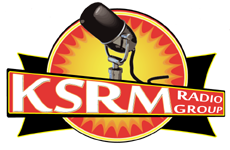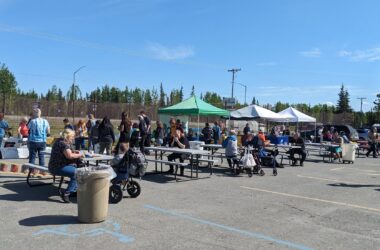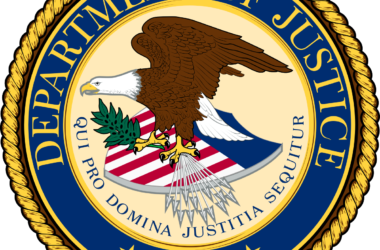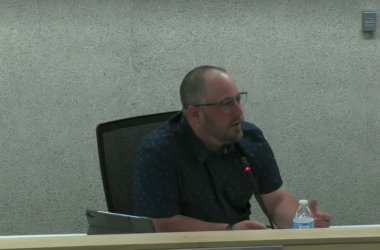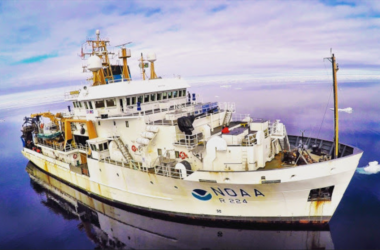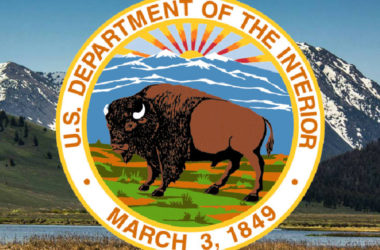Impacts to fishing community economies can be caused by many things: regulation changes, environmental factors, or even forces like recessions. The National Oceanic and Atmospheric Administration is working on a better way to gauge how Alaskan communities handle changes.
Dr. Stephen Kasperski with the National Marine Fisheries Service’s Alaska Fisheries Science Center co-authored a paper detailing how the data collected from over 347 Alaskan communities will help in the future.
Dr. Kasperski: “It’s just measuring socio-economic well-being at one point in time that we can then use to compare with in the future. So there will be future studies looking at more recent time periods that we can compare back to and see ‘oh well these communities are turning up, these are turning down, this might have some relation to management, or some kind of other broad-scale kind of economic factors.”
In 2013 a research team visited seven Kenai Peninsula communities(Kenai, Soldotna, Homer, Ninilchik, Cooper Landing, Port Graham, and Seldovia) where they interviewed locals about fishing economies.
Kasperski says it’s called “groundtruthing”, where scientists take the data collected from interviews and compare it to secondary data like answers from U.S. censuses to see how the two line up. Those comparisons are still being analyzed for communities of the Kenai Peninsula.
He says by scientists providing this baseline for Alaska’s fishing communities, it can help fishery managers better understand where policy changes such as closures will affect communities.
